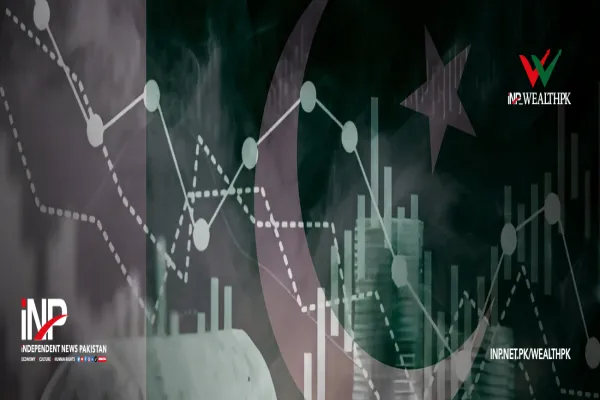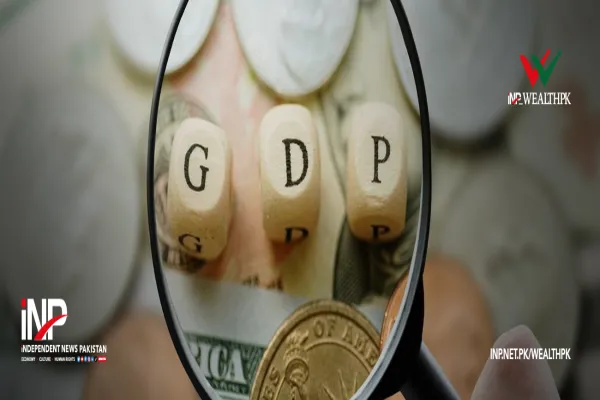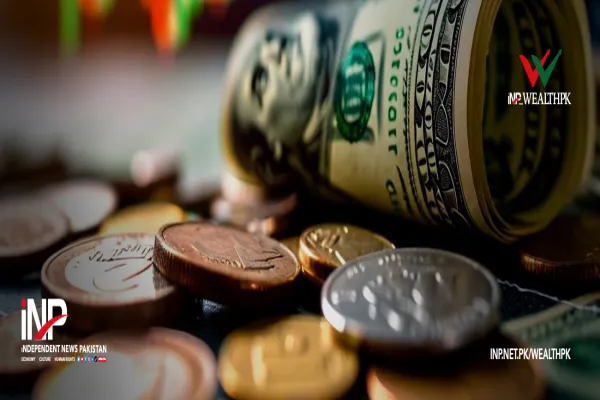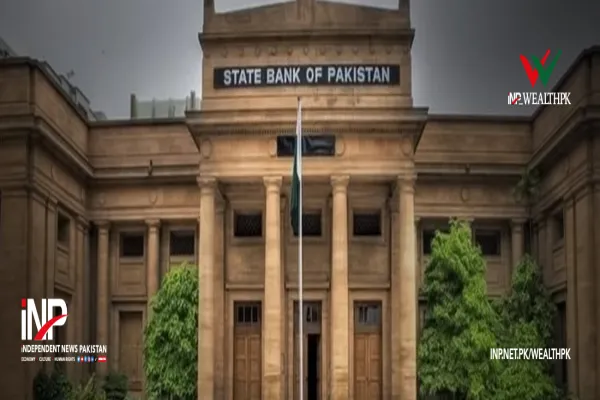i INP-WEALTHPK
Qudsia Bano
Pakistan’s economy has continued its recovery momentum through the first quarter of FY2026, supported by improved macroeconomic indicators, disciplined fiscal management, and strong policy implementation under the International Monetary Fund (IMF) program.
According to the Finance Division’s Monthly Economic Update & Outlook (October 2025), Pakistan’s successful staff-level agreement with the IMF under the Extended Fund Facility (EFF) and Resilience and Sustainability Facility (RSF) reaffirmed the government’s commitment to structural reforms and sound economic management.
The report said Pakistan’s sovereign default risk had declined sharply over the past 15 months, with its Credit Default Swap (CDS) probability dropping by 2,200 basis points, reflecting growing investor confidence. The country’s Sustainable Financing Framework also received an “Excellent” alignment score from Sustainable Fitch, certifying full compliance with international standards for green, social, and sustainable bonds and loans.
Despite flood-related challenges, the report noted that domestic economic activity remained broadly on track during the first quarter. The government maintained its commitment to fiscal discipline, inflation management, and targeted social protection within a forward-looking macroeconomic framework.
The Finance Division highlighted that the macroeconomic improvement had been achieved alongside better coordination between fiscal and monetary policies. Inflationary pressures were expected to stay contained in the medium term, with headline inflation projected at around 5–6 percent by end-October 2025.
The document attributed this recovery to a combination of fiscal prudence, improved external financing, and resilient remittance inflows. The government’s adherence to agreed IMF targets and reforms in the taxation, energy, and financial sectors helped strengthen macroeconomic stability.
It said Pakistan’s sovereign credibility had improved internationally, as evidenced by upgrades in outlook from global rating agencies Fitch, Moody’s, and Standard & Poor’s. The country’s external account stability and improved reserves position were also key contributors to the positive trend.
The report said that industrial and services sectors had shown resilience despite climate shocks, while agriculture had begun to recover due to increased credit flows and input availability. Private-sector activity was reviving gradually, supported by rising credit demand and improved investor sentiment.
According to the Finance Division, the government’s focus on fiscal consolidation, digital governance, privatization of state-owned enterprises, and CPEC Phase-II industrial cooperation was critical to sustaining the recovery.
The report added that Pakistan’s macroeconomic performance had improved across multiple fronts: real GDP growth prospects, external account stability, fiscal surplus, and financial market strength. The State Bank’s reserves rose to $14.5 billion by mid-October 2025, while the rupee remained broadly stable against the U.S. dollar.
The Finance Division concluded that Pakistan’s reform trajectory was gaining credibility as the government continued to implement prudent macroeconomic and social policies. “The successful IMF review and the improvement in credit outlook reaffirm confidence in Pakistan’s reform path,” it said.
Economic experts noted that sustaining growth would require maintaining fiscal discipline and continuing reforms in public finance, taxation, and the energy sector. With the IMF program on track and external buffers strengthening, Pakistan is now positioned to achieve moderate but stable growth in FY2026, provided that global and domestic conditions remain favorable.

Credit: INP-WealthPk









